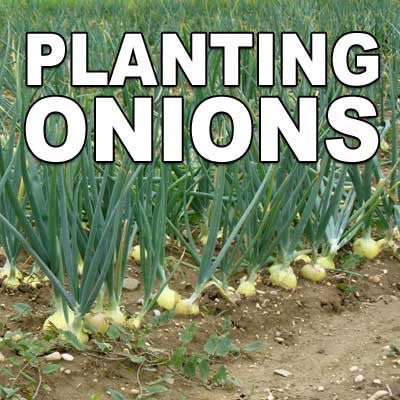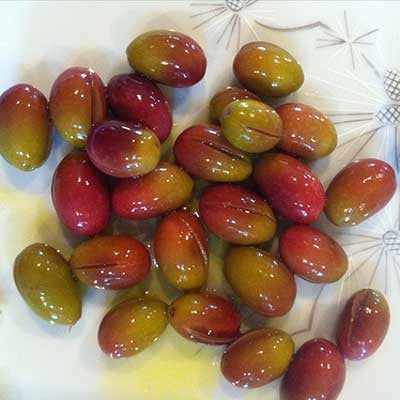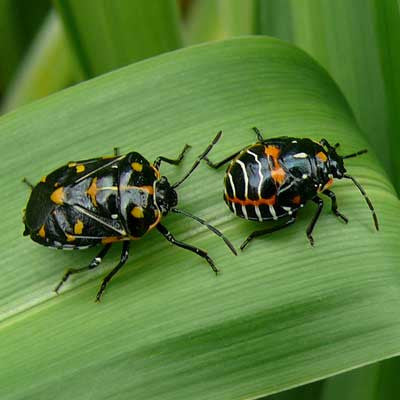News — wheel hoe
Planting Onions
Posted by David Grau on
In anticipation of our first real autumn rains, we determined it was time to plant our bare-root onion plants. The bed was prepared with the broadfork to loosen the soil, and a wheel hoe with the cultivator attachment to make a nice, open bed.
Preparing Soil to Plant Onions
Posted by David Grau on
When we prepared the soil for planting the garlic we determined that it was not compacted and we did not broadfork it. We just used the Wheel Hoe to cultivate and furrow the rows. We did use the broadfork on the section of the garden that had David's staked tomatoes though, and we'll be planting onions in a section of that area.
How to Cure Olives
Posted by David Grau on
Olive season is upon us, and if you've ever wanted to cure your own olives now is a good time to try it. Last year Carla cured a batch of olives and they turned out quite well. She picked the olives when some were turning dark ripe and some were still green. They can be picked totally green for firmer finished olives.
Improve Your Garden Soil with Cover Crops
Posted by David Grau on
Sowing seeds of cool weather cover crops in the fall is an excellent way to build your soil. During the winter a fall-sown cover crop will help hold the soil during winter rains (providing protection from erosion), help keep nutrients from leaching away, and add organic matter to the soil. The roots of a cover crop help keep an active exchange with soil microorganisms.
Protect Your Garden from Harlequin Bugs
Posted by David Grau on
We recently met a gardener who had stopped growing tomatoes in his home garden because of the damage that bugs had done to his fruit in past years. A little questioning revealed that the insects his tomatoes were attracting were the ubiquitous harlequin bug.





